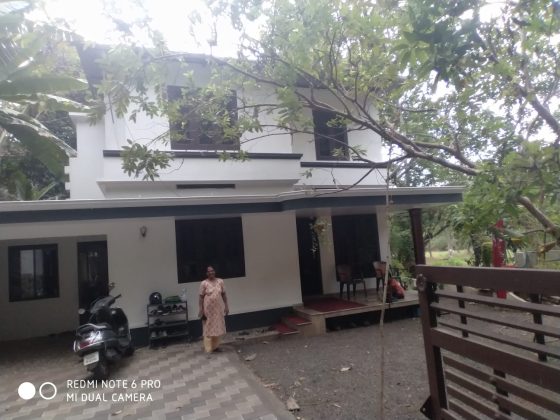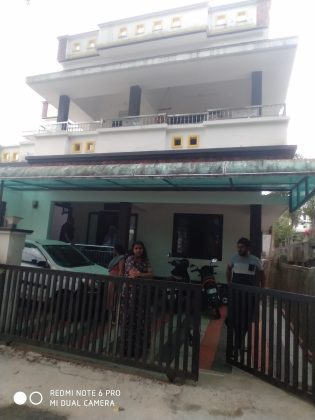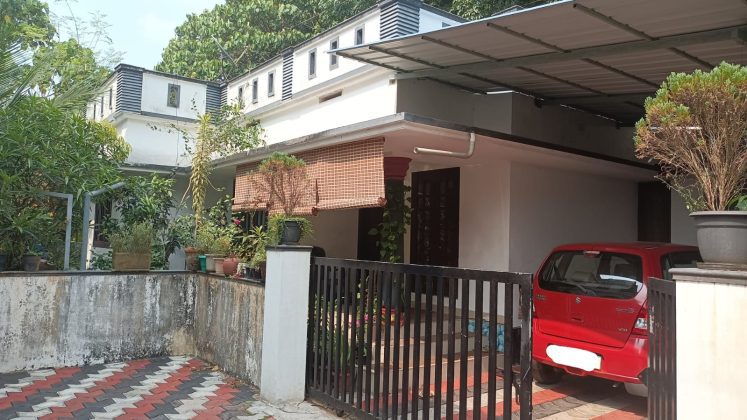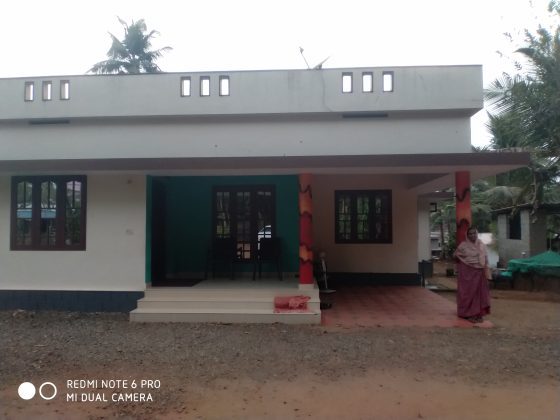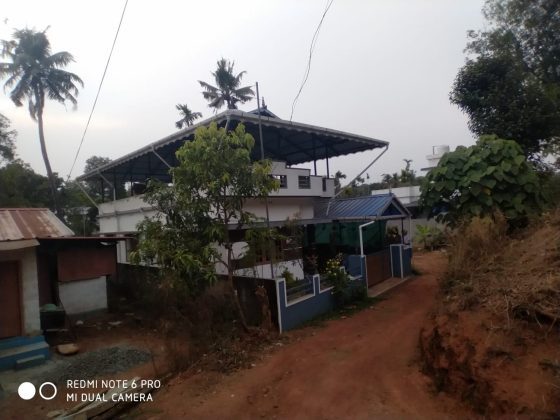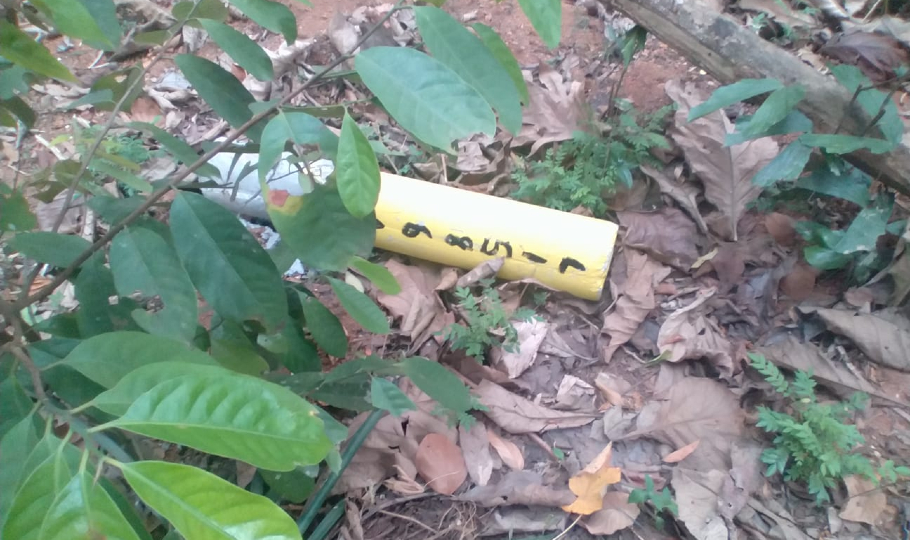
Kerala govt's K-Rail whips up a storm; residents fear loss, displacement
Demanding proper communication and explanation of the project and issues, people affected by the K-Rail project in Ernakulam are standing firm on their stance.

A number of residents in Ernakulam district of Kerala have complained that there is no proper communication from the state government on the Pinarayi Vijayan-led government’s ambitious K-Rail project which would affect their homes, and eventually derail their lives.
Bony, a Canada-educated management professional who lives with his mother Lissy in Edathala panchayat, says there is no clarity regarding the compensation due to them.
“We are watching the news regarding the amount of compensation. The media says that we will get four times of the current market price of the land, but nobody has explained to us what would be exactly the process of land acquisition. We are not living under an autocratic ruler, this is a democracy,” he told The Federal.
Their 2-storey house built on 16 cents of land with several plants and trees will be demolished and land will be acquired for the project that will connect Kasaragod in the north with Thiruvananthapuram in the south, covering a total of 529 km at 200 kph.
The mother and son are not against the rail project but want the government to be more transparent.
“A few days ago, the police came here with no prior intimation. They entered our property to lay survey stone without asking our permission. When we tried to question them, they beat my son and pushed him down. They were too arrogant to answer any of our questions. Their attitude was that they are not obliged to explain. The cops said they are following the instruction from the government and they have no duty to give us any explanation,” said Lissy.
Abdul Rahman is another resident of the area who lives with his brother Suhail and sister and their families as one big joint family in a 4-bedroom house.
“We purchased this house and started living here only three years ago. We are 10 people in this house. Our future is uncertain. Will the government give compensation sufficient to live a decent and dignified life for all of us?” asks Abdul, an employee in InfoPark, Kochi
Both Suhail and Abdul Rahman are not happy with the government’s project and feel that alternatives should be considered such as the expansion of existing railway lines.
“Who will be able to compensate us for the trauma and agony we go through? Is it the way of implementing a project? Does the government really think that they can scare people by sending cops?” ask Abdul and Suhail.
Usha, a retired teacher, living in the next house told The Federal that she is too old to start life from the scratches. “How can I move to another place and construct another house? Constructing a house demands not only money, but psychological and physical labour too.”
Jayaprakash, a native of Pukkattupadi in Ernakulam, an affected zone, takes a stronger tone on the government’s approach.
“Muscle flexing by using police will not work in Kerala. So far no officials, panchayat members, not even workers of the ruling CPI(M) have come here to explain what the project is. The government is sending the police first as if they want to show that they will implement the project and they don’t care for the people,” he said.
A standalone project running on standard gauge, Silver Line would require 1,383-hectare land (as informed by Chief Minister Pinarayi Vijayan in the Assembly) and the demolition of 9,314 buildings.
The CM informed the Assembly on February 22 that the number of families to be evicted is yet to be ascertained. He had said that door-to-door visit for the social impact study is on. However, there seems to be a gap between what he says and what is happening on the ground. Besides, a lack of transparency is very much tangible among the public.
There is no clarity about the buffer zone too. The officials of K-Rail make the claim that buffer zone would only be 10 metres. But the DPR (Detailed Project Report) says that no construction would be allowed within 30 metres from the track.
“For Indian Railway, the buffer zone is 30 metres. So how can it be lower for a rail that goes faster?” asks Abdul Rahman.
Also read: K-Rail protests rage on; Vallarpadom evictees still cry for relief 14 years later
Suhara, a cleaning staff in a nearby hospital who has two houses in Pukkattupady in Ernakulam in 29 cents of land, is sure to lose one while the other could come in the buffer zone. But she has no clarity regarding that.
She hopes that the second house that she lives in now, which was built by her father, a daily wage worker, would not be demolished.
“If this house, too, is demolished, I don’t know how to live here anymore? Can we sleep in this house once the Silver Line becomes operational? Will we have resale value for our property?” she wonders, saying no authorities have approached to explain anything.
Demanding proper communication and explanation of the project and issues, these residents are standing firm on their stance.
“Muscle flexing is not the road to development. Unleashing police into private lands and letting them display arrogance and to use power on people will not yield any result,” says Bony. “In a democracy, people have the final say.”


